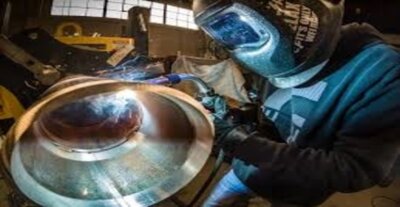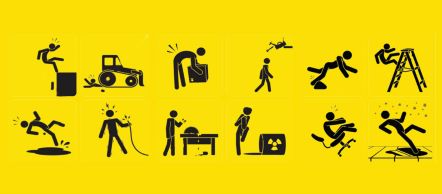
Connected Enterprise: Redefining Industrial Safety and Compliance
July 15, 2022
How IoT is Transforming Manufacturing: Enhancing Safety and Efficiency
July 15, 2022
Connected Enterprise: Redefining Industrial Safety and Compliance
July 15, 2022
How IoT is Transforming Manufacturing: Enhancing Safety and Efficiency
July 15, 2022In the post-Covid-19 era, manufacturers face unparalleled uncertainty. Surviving is no longer the sole objective; thriving in volatility is the true measure of resilience. This article outlines critical strategies manufacturers can adopt to bolster their adaptability and emerge stronger from challenges.
Resilience: The Core of a Future-Ready Strategy
Resilience is the capacity to adapt swiftly and recover effectively from crises. For manufacturers, embedding resilience within their strategic framework is essential to safeguard operations from economic disruptions and unforeseen challenges. But what does this look like in practice?

The Three Pillars of Resilient Manufacturing
1. Excellence: Gaining a Competitive Edge
Resilient manufacturers excel by delivering superior products that retain value through economic fluctuations. High-quality, specialized offerings that face limited competition ensure sustained demand, even during downturns. The foundation of this pillar is a robust commitment to research and development (R&D). Notably, 60% of resilient firms heavily invest in R&D during favorable periods, securing innovation pipelines and long-term competitiveness.
2. Diversification: Mitigating Risk Across Markets
A diverse portfolio of product lines and geographic markets spreads risk and enhances stability. This doesn’t mean manufacturing every possible product but strategically positioning as a key supplier within multiple supply chains. This approach ensures that if demand for one product declines, operations remain steady by serving a wide range of industries and regions.
3. Flexibility: Agile Operations for a Changing Landscape
Flexibility empowers manufacturers to adjust to shifting economic conditions. Examples include streamlining variable costs during slowdowns, reallocating resources to higher-margin sectors, or employing dynamic sourcing and staffing models. Businesses with agile operations can swiftly pivot to capitalize on emerging opportunities, maintaining their competitive position even in turbulent times.
Navigating a Rapidly Changing World
Change is accelerating, and manufacturers must embrace it to secure future success. By integrating excellence, diversification, and flexibility into their operations, companies can create systems that not only endure challenges but capitalize on them.
Resilience isn’t just a survival mechanism—it’s a blueprint for strategic evolution. Manufacturers that prioritize these principles can forge robust and adaptable business models capable of withstanding any storm.
For expert guidance on industrial safety products and tailored solutions, trust EZSecur. Explore our offerings at www.ezsecur.com.





